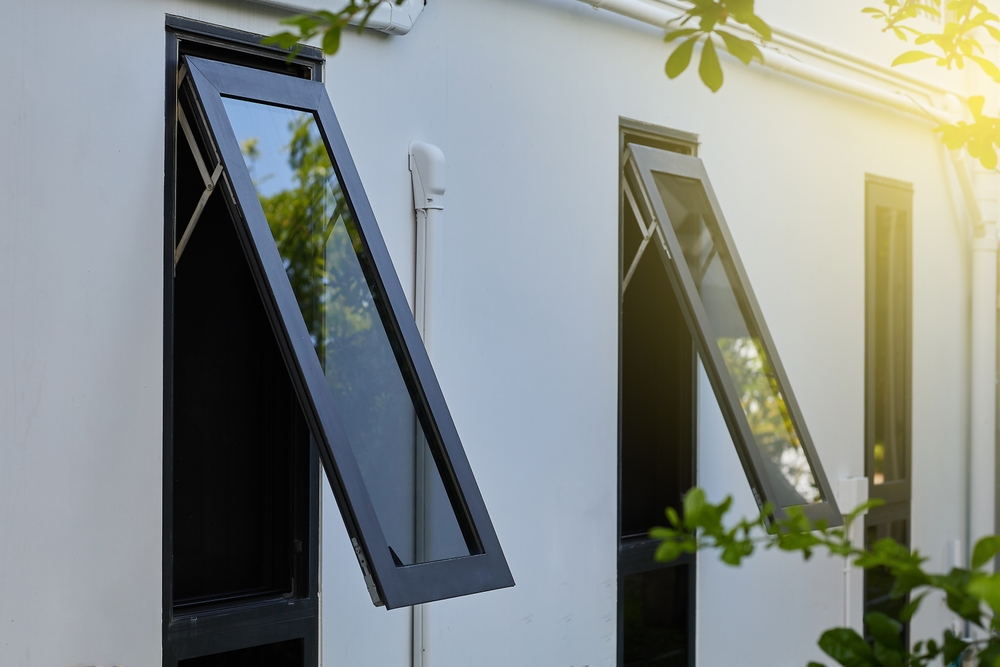How to Incorporate Green Solutions in Your Next Construction Project in Tyler, TX
June 14, 2024 2:32 pm Leave your thoughtsIn today’s construction industry, there is a growing emphasis on sustainability and eco-friendly practices. As communities like Tyler, TX, embrace the importance of environmental conservation, incorporating green solutions into construction projects becomes increasingly significant.
Understanding Sustainable Building Practices
What are Sustainable Building Practices?
Sustainable building practices focus on minimizing environmental impact, conserving resources, and promoting energy efficiency throughout the construction process and the lifecycle of a building.
Key Principles of Sustainability
- Energy Efficiency: Utilizing energy-efficient materials and designs to reduce energy consumption.
- Resource Conservation: Minimizing waste generation and maximizing the use of renewable resources.
- Environmental Quality: Enhancing indoor air quality and reducing carbon footprint.
Benefits of Green Solutions in Construction
Environmental Benefits
- Reduced Carbon Footprint: Lower greenhouse gas emissions through energy-efficient designs and renewable materials.
- Conservation of Resources: Preserve natural resources such as water and timber through sustainable practices.
- Mitigation of Environmental Impact: Minimize pollution and waste generation during construction and occupancy.
Economic Advantages
- Long-Term Cost Savings: Energy-efficient buildings often result in lower utility bills and operational costs over time.
- Enhanced Property Value: Green buildings may command higher resale values and attract environmentally conscious buyers.
Eco-Friendly Construction Options in Tyler, TX
Incorporating Sustainable Materials
Recycled and Reclaimed Materials
- Benefits: Reduce demand for new raw materials, divert waste from landfills, and add unique character to buildings.
- Examples: Reclaimed wood for flooring, recycled glass countertops, and reclaimed metal for structural elements.
Sustainable Timber
- Certified Wood: Choose wood certified by organizations like the Forest Stewardship Council (FSC) to ensure sustainable forestry practices.
- Bamboo: Rapidly renewable and durable alternative to traditional hardwoods.
Energy-Efficient Design and Technologies
Passive Solar Design
- Orientation and Shading: Optimize building orientation to maximize natural light and minimize solar heat gain.
- High-Performance Windows: Install windows with low-emissivity coatings and proper insulation to enhance thermal efficiency.
Energy-Efficient HVAC Systems
- Heat Pumps: Efficiently heat and cool buildings using minimal energy, leveraging geothermal or air-source technologies.
- Smart Thermostats: Control indoor climate remotely and optimize energy usage based on occupancy and temperature settings.
Water Conservation Strategies
Low-Flow Fixtures
- Benefits: Reduce water consumption without sacrificing performance, contributing to lower utility bills and environmental impact.
- Examples: Low-flow toilets, aerated faucets, and water-efficient showerheads.
Rainwater Harvesting
- Systems: Capture and store rainwater for landscape irrigation and non-potable water uses, reducing reliance on municipal water sources.
Implementing Green Building Certifications
LEED Certification
- Benefits: Recognized globally as a mark of sustainability achievement, enhancing marketability and demonstrating commitment to environmental stewardship.
- Criteria: Focuses on sustainable site development, water savings, energy efficiency, materials selection, and indoor environmental quality.
ENERGY STAR Certification
- Program: Promotes energy-efficient products and buildings through rigorous standards and performance testing.
- Advantages: Lower operating costs, improved comfort, and reduced greenhouse gas emissions.
Community and Regulatory Considerations
Local Green Building Incentives
- Tax Credits and Rebates: Explore potential financial incentives for incorporating green building practices from local governments or utility providers.
- Permitting and Compliance: Ensure compliance with Tyler’s building codes and regulations related to sustainability and environmental conservation.
Conclusion
Incorporating green solutions into construction projects in Tyler, TX, not only aligns with environmental stewardship but also enhances long-term economic viability and occupant comfort. By adopting sustainable building practices and leveraging eco-friendly construction options, stakeholders can contribute positively to the community while reaping benefits such as reduced operational costs, enhanced property value, and regulatory compliance. Whether through sustainable materials, energy-efficient designs, or certifications like LEED and ENERGY STAR, embracing green building practices fosters a sustainable future for Tyler, TX, and sets a precedent for responsible construction practices nationwide.
Need a Construction Company in Tyler, TX?
Canfield Construction Management is an independently owned business that has been servicing customers in Tyler since 2011. We have 24 years of experience in the construction, remodeling, and renovation industry! We are very thorough and accurate with our work, and we pride ourselves on the services that we provide. Canfield Construction Management is an affiliated member of the Better Business Bureau. We provide remodeling and renovation services in residential areas. We also have experience in building decks, garages, and sunrooms. The renovation of an entire home is one of our specialties! Please contact us if you have any questions, concerns, or would like to schedule an appointment for a free estimate!
Categorised in: Custom Home, Home Design
This post was written by admin

